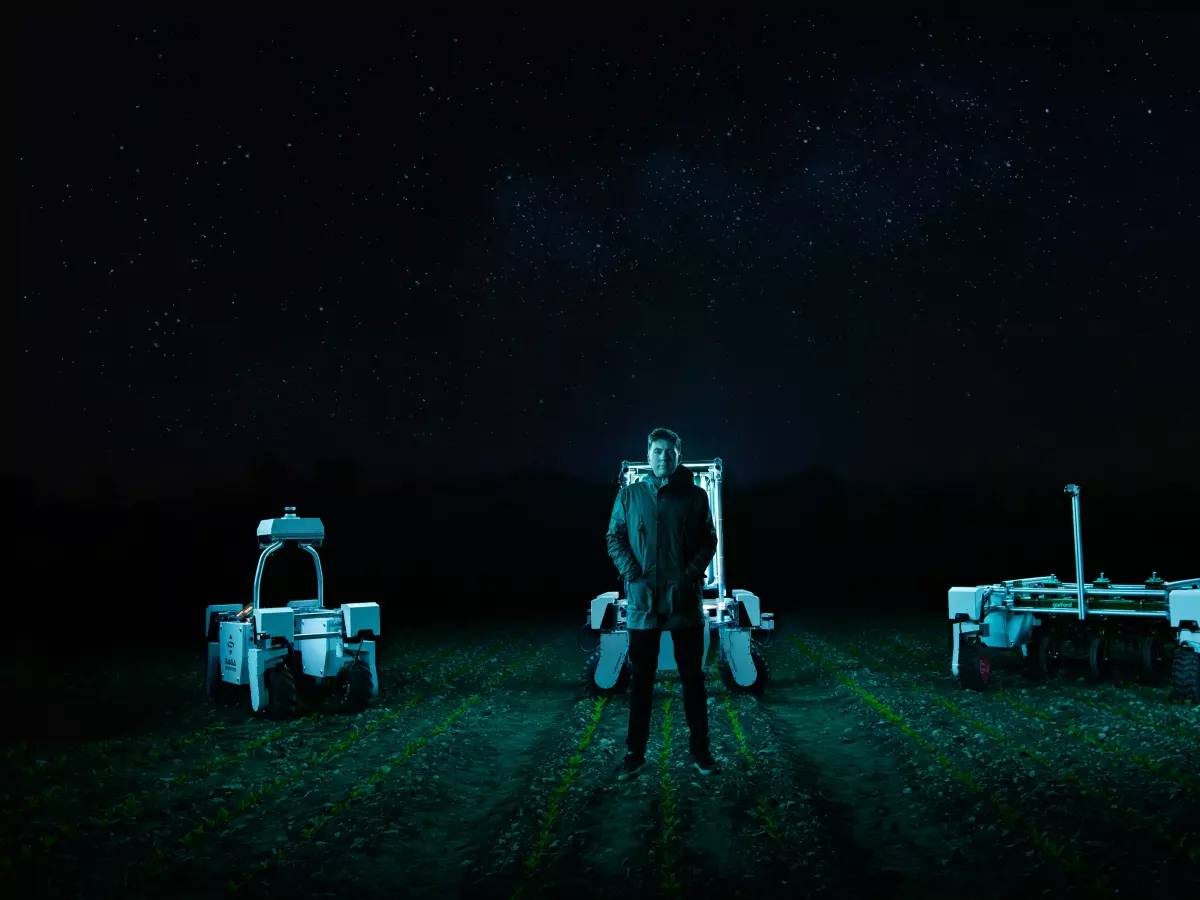Robot Navigation
"So, how does a robot know where it's going?" It's a question that often pops up when discussing autonomous robots. And the answer? Well, it's a bit more complicated than just 'following the map.'

By Alex Rivera
When we think of robots, we often imagine them moving seamlessly through space, dodging obstacles, and reaching their destination with pinpoint accuracy. But what’s really going on under the hood? How do robots navigate complex environments, and why is navigation such a critical piece of the autonomy puzzle?
In this article, we’ll dive deep into the world of robot navigation systems, exploring the hardware, software, and algorithms that give robots the ability to move through the world without human intervention. From mapping to obstacle avoidance, we’ll break down the key components that make robot navigation possible.
The Importance of Navigation in Robotics
Let’s start with the basics: why is navigation so important for autonomous robots? Well, imagine a robot that can perform complex tasks like assembling products or delivering packages but can’t figure out how to get from point A to point B. It’s like having a car with no GPS—sure, it can drive, but it’s not going anywhere useful.
Navigation is the backbone of autonomy. Without it, robots would be confined to static environments or require constant human oversight. Whether it’s a warehouse robot moving goods or a drone flying through a city, navigation systems allow robots to operate independently in dynamic and unpredictable environments.
Mapping the World: SLAM and Beyond
One of the first challenges in robot navigation is understanding the environment. This is where Simultaneous Localization and Mapping (SLAM) comes in. SLAM is a technique that allows robots to build a map of their surroundings while simultaneously figuring out where they are within that map. It’s like a human walking through an unfamiliar city, using landmarks to figure out their location while also creating a mental map of the streets.
SLAM relies on sensors like LIDAR, cameras, and sometimes even sonar to collect data about the environment. This data is then processed by algorithms that create a detailed map, which the robot can use to plan its movements. The challenge? Environments are rarely static. People move, objects shift, and lighting conditions change. SLAM systems need to be robust enough to handle these dynamic factors.
But SLAM isn’t the only game in town. Some robots use pre-existing maps (think GPS for robots), while others rely on a combination of techniques to navigate. The key is flexibility—robots need to be able to adapt to different environments and conditions.
Obstacle Avoidance: The Art of Not Crashing
Once a robot knows where it is and has a map of its surroundings, the next challenge is avoiding obstacles. This is where sensors like ultrasonic detectors, infrared sensors, and cameras come into play. These sensors provide real-time data about the robot’s immediate surroundings, allowing it to detect obstacles like walls, furniture, or even people.
But detecting obstacles is only half the battle. The robot also needs to figure out how to avoid them. This is where path planning algorithms come in. These algorithms calculate the best route for the robot to take while avoiding obstacles. Some robots use simple algorithms that just steer them away from objects, while more advanced systems use predictive algorithms that anticipate where obstacles will be in the future.
In dynamic environments, obstacle avoidance becomes even more complex. Imagine a robot navigating a busy warehouse with forklifts, people, and moving shelves. The robot needs to constantly update its path based on new information, all while making sure it doesn’t collide with anything. It’s like playing a real-time game of chess, where every move counts.
Localization: Knowing Where You Are
Navigation isn’t just about avoiding obstacles—it’s also about knowing where you are. This is where localization comes in. Localization is the process of determining the robot’s position within its environment. It’s like a GPS for robots, but instead of relying on satellites, robots use a combination of sensors and algorithms to figure out their location.
One common method of localization is called dead reckoning, where the robot calculates its position based on its previous movements. However, dead reckoning can be prone to errors, especially over long distances. To improve accuracy, robots often combine dead reckoning with data from external sensors like LIDAR or cameras.
Another technique is particle filtering, where the robot generates multiple possible locations and then uses sensor data to narrow down the possibilities. It’s like playing a game of “hot and cold,” where the robot gets closer to its true position with each new piece of information.
Software: The Brain Behind the Movement
Of course, none of this would be possible without the software that ties everything together. Robot navigation software is responsible for processing sensor data, running algorithms, and making real-time decisions about where to go and how to get there.
Popular robot operating systems like ROS (Robot Operating System) provide a framework for developing navigation systems. These systems often include pre-built libraries for tasks like SLAM, obstacle avoidance, and path planning, making it easier for developers to create autonomous robots.
But building a navigation system isn’t just about coding—it’s also about testing. Robots need to be tested in a variety of environments to ensure they can handle different conditions. This is why many companies use simulation environments to test their navigation systems before deploying them in the real world.
The Future of Robot Navigation
As robots become more advanced, so too will their navigation systems. We’re already seeing robots that can navigate complex environments like cities, forests, and even underwater. In the future, we can expect robots to become even more autonomous, with the ability to navigate environments that are too dangerous or difficult for humans.
But there are still challenges to overcome. For example, how do we ensure that robots can navigate safely in environments with unpredictable factors, like pedestrians or animals? And how do we create navigation systems that are robust enough to handle extreme conditions, like heavy rain or snow?
One thing is clear: mastering robot navigation is key to unlocking the full potential of autonomous robots. Whether it’s delivering packages, exploring distant planets, or assisting in disaster relief, robots that can navigate the world on their own will play a critical role in shaping the future.
So, the next time someone asks, "How does a robot know where it's going?" you’ll know the answer: it’s all about the navigation.





